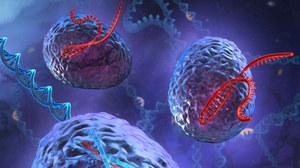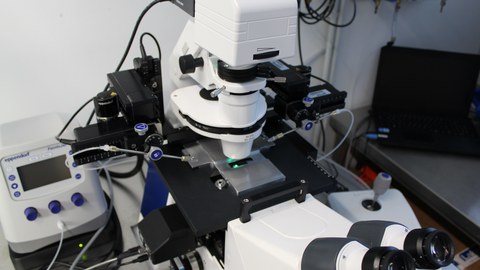 © Bio Sorcier
© Bio Sorcier
What is CRISPR Cas9?
The CRISPR/Cas-System is a gene- editing technique that can target and modify DNA exactly and selective. The procedure follows three steps:
Recognition: the CRISPR-part recognizes his target, a specific sequence in the Gene, with the help of the included guide RNA.
Cutting: The Cas9-protein, linked on the CRISPR, cut the DNA doublestrand exactly at the target sequence.
Repairing: Now the repair mechanism of the cell join the cutted DNA strands together again. In this moment it is possible to remove or modify single DNA molecules and/or also the insertion of short DNA- Sequences.
The CRISPR/Cas-system is derived from the bacteria mechanism of protection against viral infections. In this case the Cas-proteins cutting the DNA of the entrapped virus in small fragments. These parts where then insert into the CRISPR-part (Clustered Regularly Interspaced Short Palindromic Repeats) - parts of bacterial-DNA , which consists of short repeading DNA-sequences (Repeats). In case of a new viral infection these CRISPR-parts where translated into RNA: this RNA "check" the viral-DNA and isn't it compareable with the recorded ones, it will be cutted from the Cas-proteins.
This system works not only in bacteria, generally it works in all organism. Any DNA-strand is cutable on a target specific site and with the following repair molecules can be deletet, changed or inserted with this mechanism. It's the same in natural mutations. The difference is the natural one takes place on coincidence, while CRSIPR/Cas is systematical mediated.



